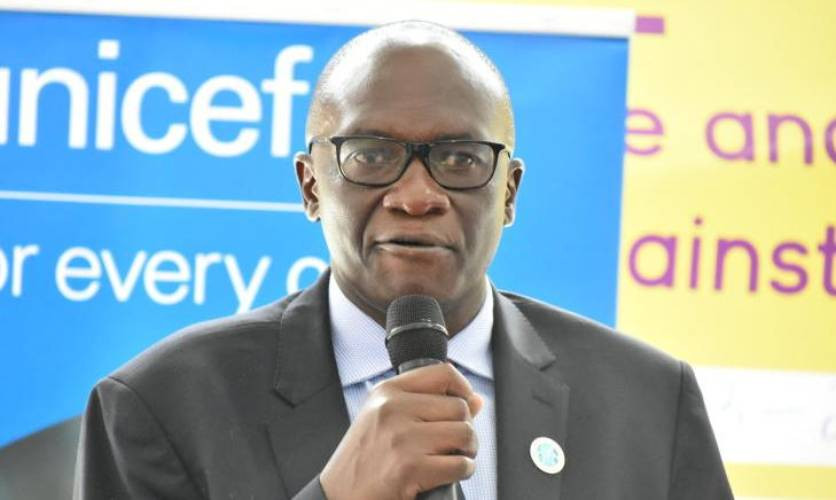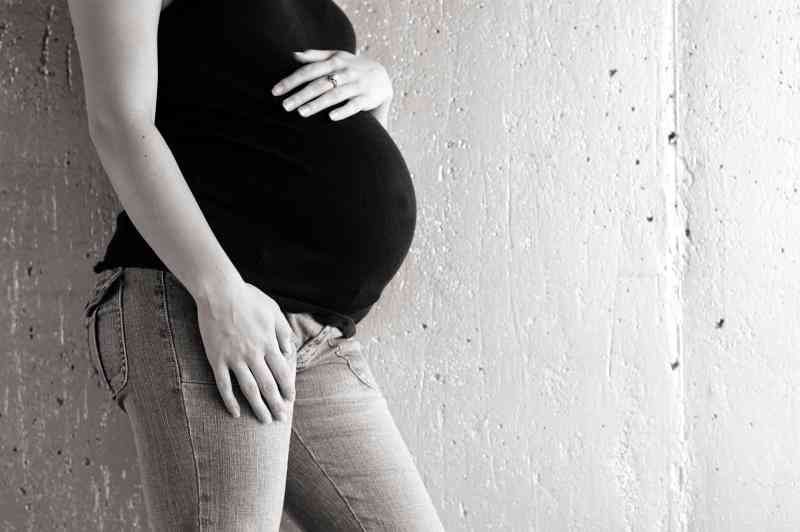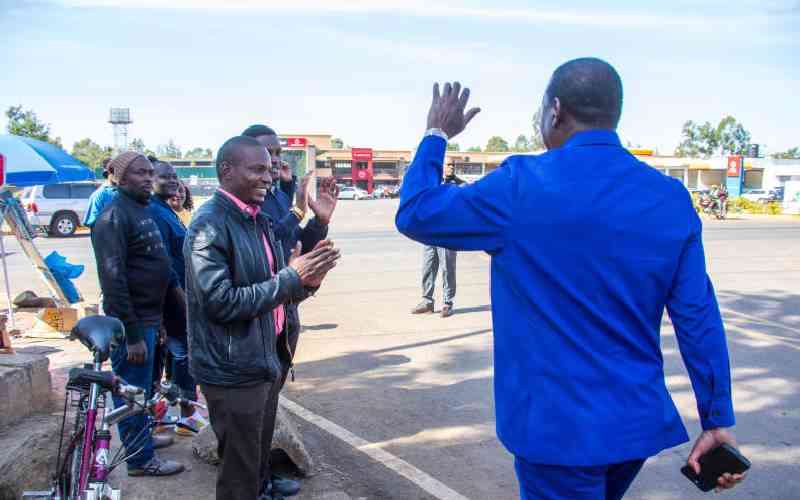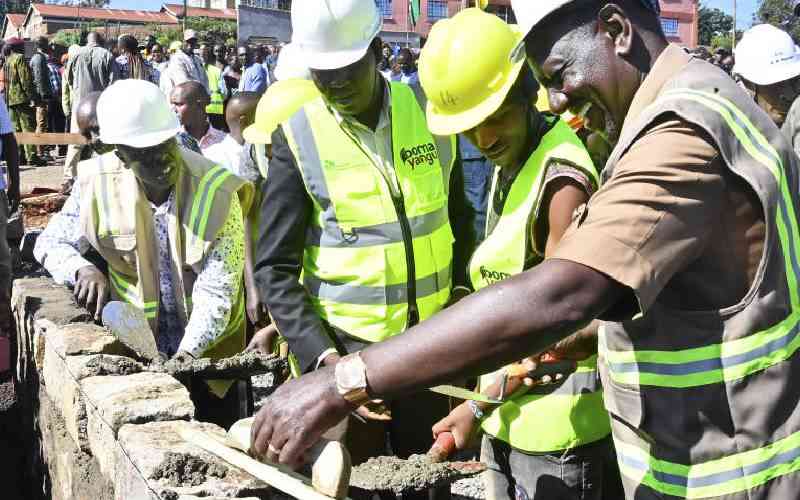As the Covid-19 pandemic continues to ravage the land, the youth seem to be experiencing its worst impact. Whereas many were already suffering the long-term damaging effects associated with the existing decimated labour market, the young people now find themselves thrown into yet another hopeless and helpless situation.
With a youth unemployment estimated to be as high as 35 per cent and with approximately 800,000 young Kenyans entering the labour market yearly, the impact of Covid-19 has made things so much worse. Thus, for the youth, unemployment has taken a whole new turn, with an estimated 750,000 young Kenyans being unemployed during the first quarter of 2020. There seems to be little hope even for the degree holders, some of whom have resorted to selling njugus and roast maize on the streets.
At the social level, the lockdowns, curfews, and the prolonged closing of learning institutions has meant that many young people are facing increased loneliness and isolation. For a group that thrives on herd mentality, staying at home with little or no opportunity for socials is like staring at a blank wall, or falling down a deep hole. Worse still, for some of them, the home environment is less than conducive for happy living.
Many have to contend with challenging family relationships. The result is a youth population that seems to be more marginalised and isolated than ever before. One can only imagine how much emotion could be bottled up within these human beings. They are like a ticking time bomb, ready to explode at the slightest trigger – as recently became evident on the global scene.
The killing of George Floyd – a black American – by white police officers in the US, triggered serious protests against police brutality and racism in several countries and cities around the world. At the forefront of these riots were mostly young people whose angry protests appeared to be more of an opportunity for venting pent up emotions than just gripe against police brutality and racism. Even in Kenya, the youth rose up against killings and brutality at the hands of local police, the most gruesome of which was the case of 13-year-old Yassin Moyo. He was shot dead by police while standing on their balcony, as police enforced curfew rules on the street below. It does appear, therefore, that for many young people, the Covid-19 containment measures have resulted in serious psychosocial effects. This was recently demonstrated by an Infotrak research, which showed that 81 per cent of Kenyan youth feel anxious and stressed, while 61 per cent feel lonely. At the same time, 52 per cent were found to feel helpless and 33 per cent felt angry. For the school going youth, pundits have associated many of these emotions with the disrupted academic year. In fact, it has been argued that girls have borne the brunt of it all, resulting in an increase in teenage pregnancies and rape. Furthermore, it has been observed that in many communities, female education was perhaps the only way out of negative cultural practices – which many young girls now find themselves forced into.
But all is not gloom among the youth of Kenya. During this seemingly dark hour, there has been a surge in innovative creations by young people – from mobile apps, tech systems, to the production of masks and hospital beds. There have equally been inspiring examples of youth participating in resource distribution, Covid-19 awareness, sensitisation on health, safety and sanitation.
Through such innovative efforts, we have witnessed young people prioritising a new way of life at a faster rate than the older generation. In this way, many observers are agreed that, whether knowingly or unknowingly, our young people are already contributing to post pandemic recovery efforts. The implications of this are profound.
If we are to experience a better future, the decisions we make as a nation should create room for leadership, innovation, and social responsibility by the youth to thrive.
As many have rightly pointed out, the challenges and creativity we have witnessed among our youth are indicators that they can no longer be left to be mere victims of interlocking crises. They should instead be included in all our planning efforts and interventions for a strong and sustainable recovery. This requires meaningful and deliberate engagement in all aspects and phases of the pandemic response – seeing that they are already involved in developing and implementing solutions on multiple fronts. On the other hand, the youth should be catalysts for strong social cohesion between generations.
They should be the magnet for bringing communities together in a time of separation, and thus make a unique contribution towards a hopeful future.
[email protected]
 The Standard Group Plc is a
multi-media organization with investments in media platforms spanning newspaper
print operations, television, radio broadcasting, digital and online services. The
Standard Group is recognized as a leading multi-media house in Kenya with a key
influence in matters of national and international interest.
The Standard Group Plc is a
multi-media organization with investments in media platforms spanning newspaper
print operations, television, radio broadcasting, digital and online services. The
Standard Group is recognized as a leading multi-media house in Kenya with a key
influence in matters of national and international interest.
 The Standard Group Plc is a
multi-media organization with investments in media platforms spanning newspaper
print operations, television, radio broadcasting, digital and online services. The
Standard Group is recognized as a leading multi-media house in Kenya with a key
influence in matters of national and international interest.
The Standard Group Plc is a
multi-media organization with investments in media platforms spanning newspaper
print operations, television, radio broadcasting, digital and online services. The
Standard Group is recognized as a leading multi-media house in Kenya with a key
influence in matters of national and international interest.








